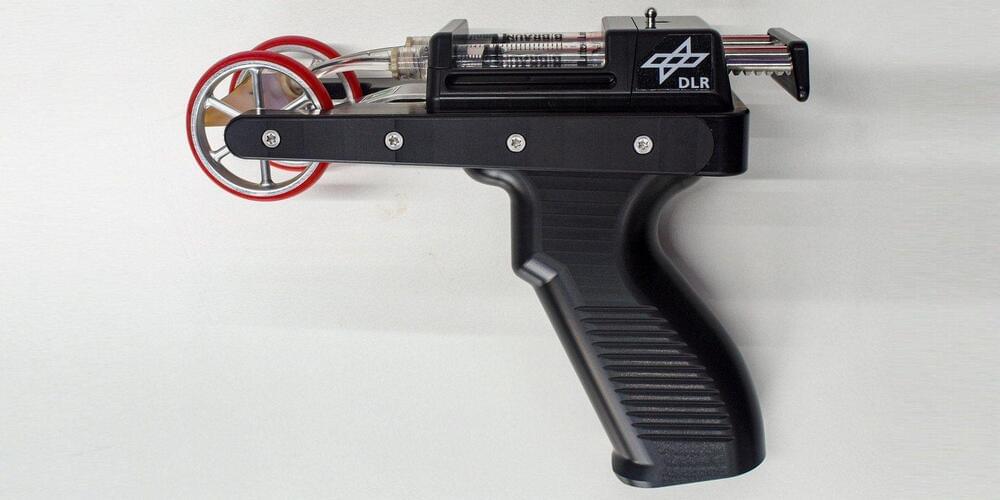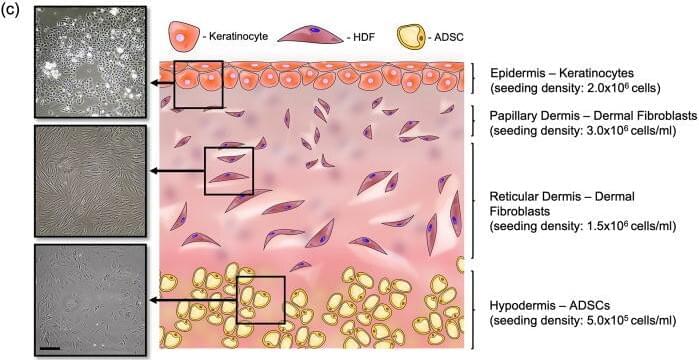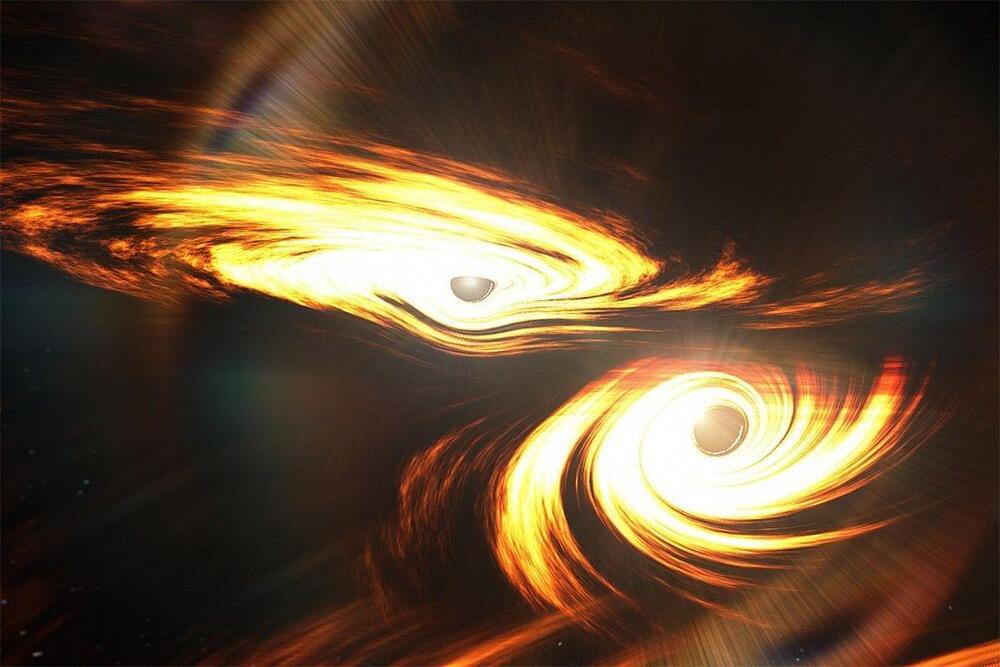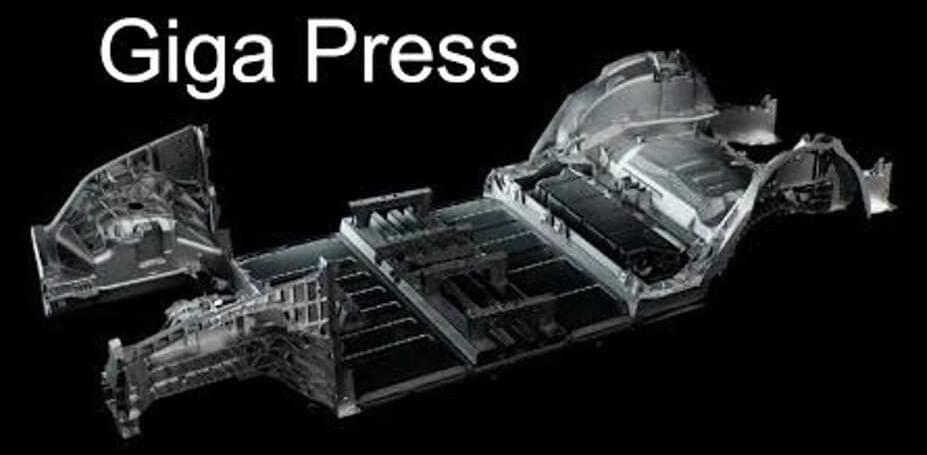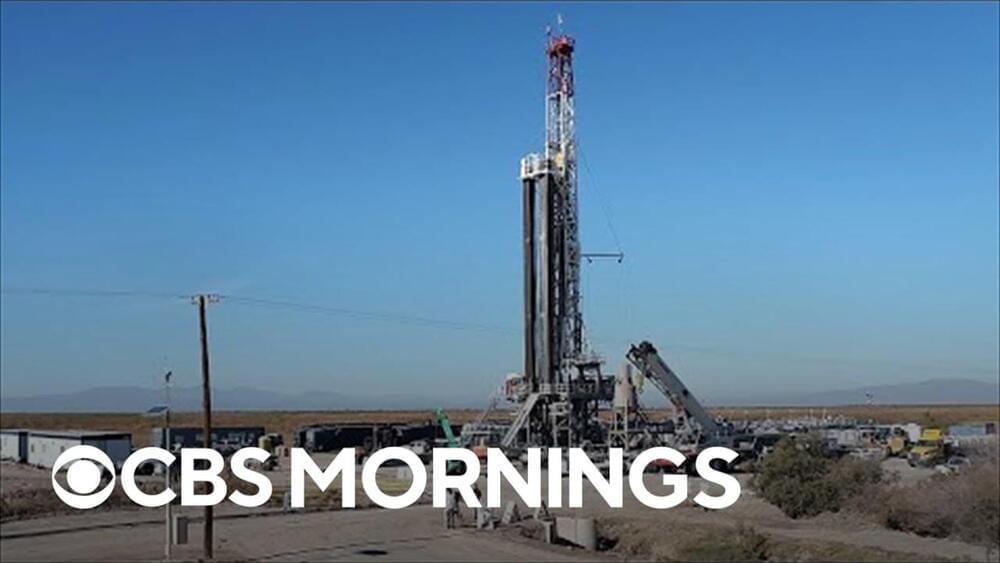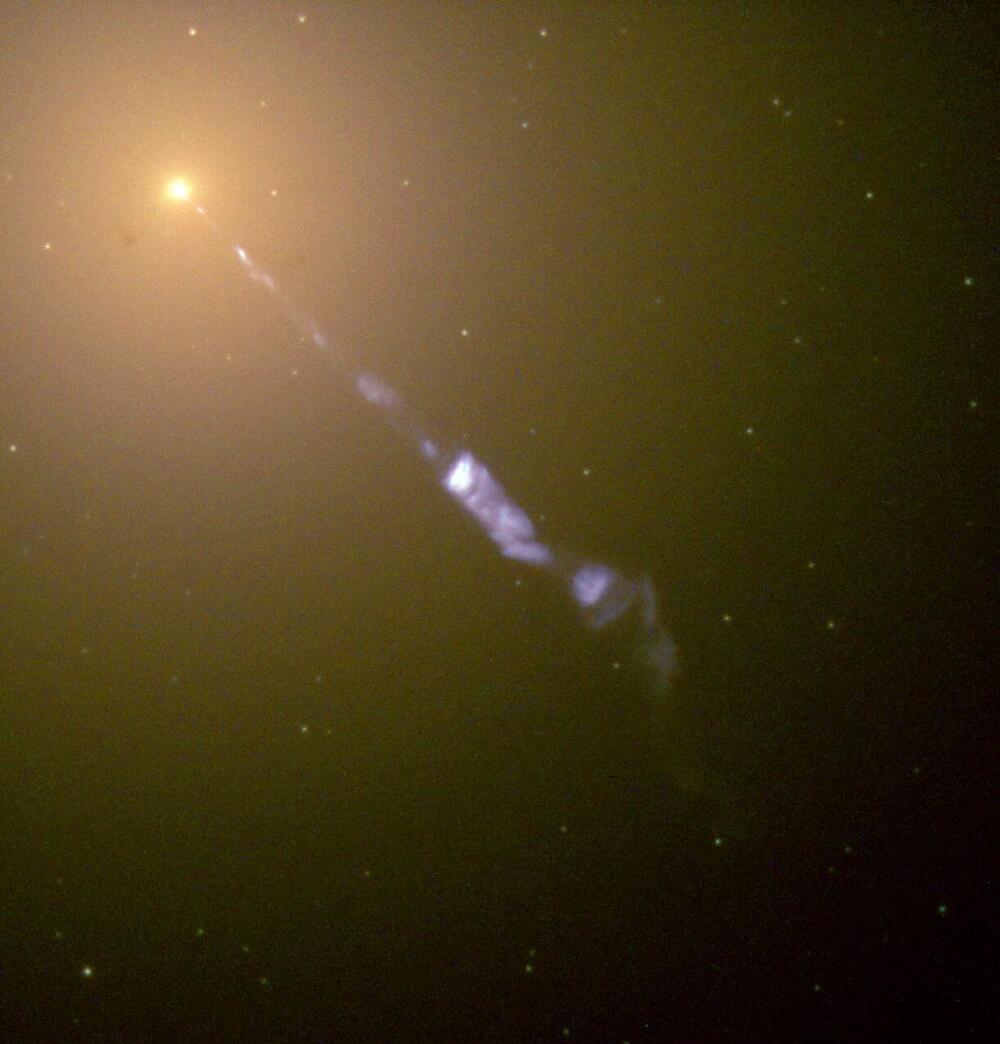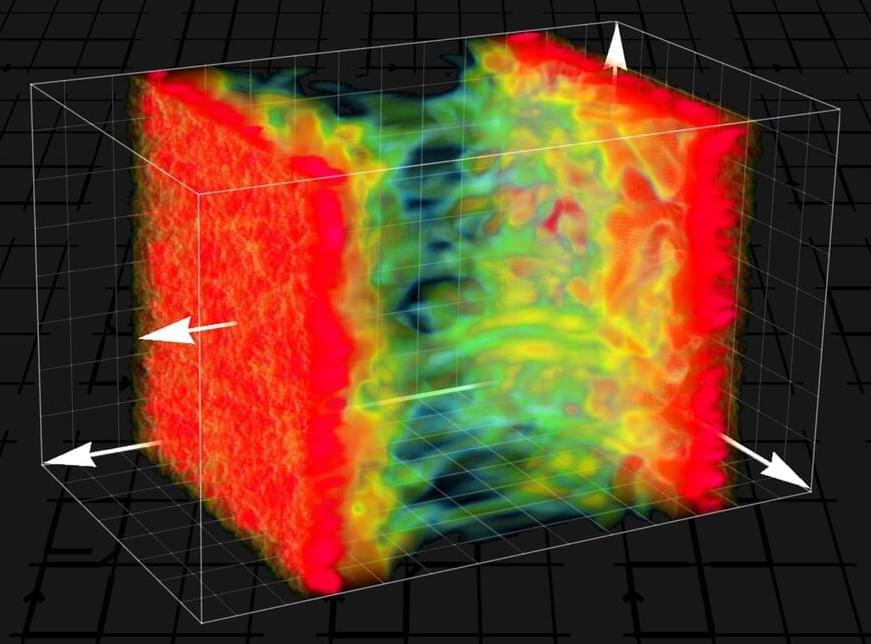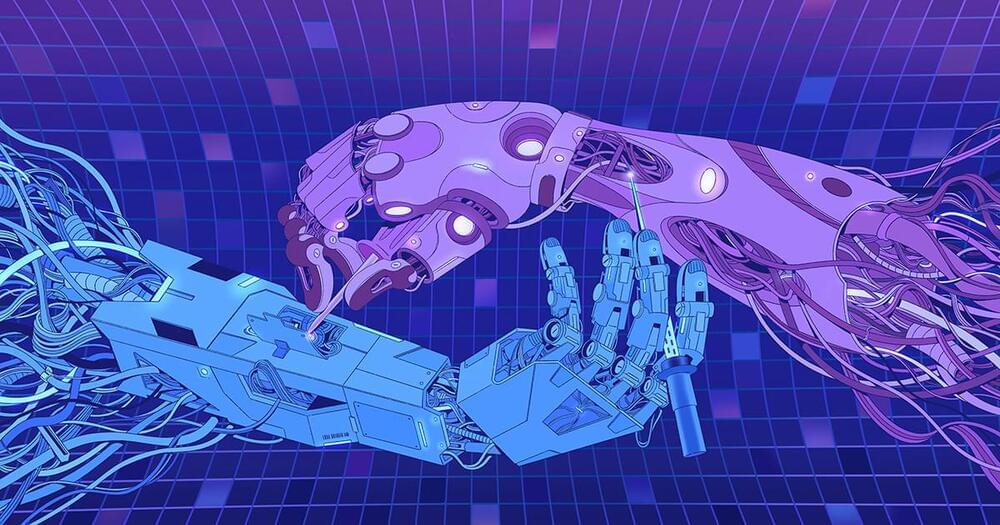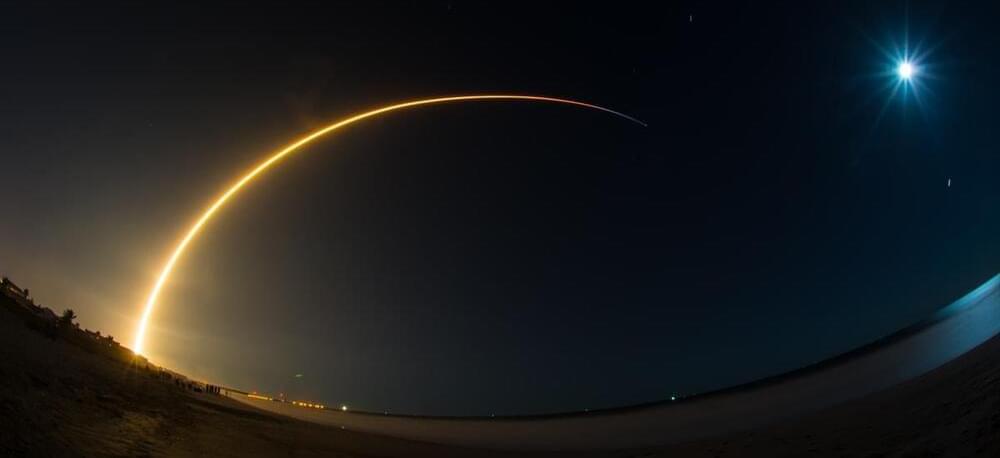Jan 25, 2022
Coming fast-charging stations mark important step in EV infrastructure
Posted by Shubham Ghosh Roy in categories: sustainability, transportation
Until recently, charging your electric vehicle at a public charging station was sort of like a full-time job. Although the charging time varies, the average time required to fully charge an electric vehicle (EV) at those stations is eight hours.
That’s changing — and rapidly, you might say.
On Monday, Starkville Utilities Department announced it will be adding two fast-charging EV stations, one downtown near its office and another near the Starkville Sportsplex.

